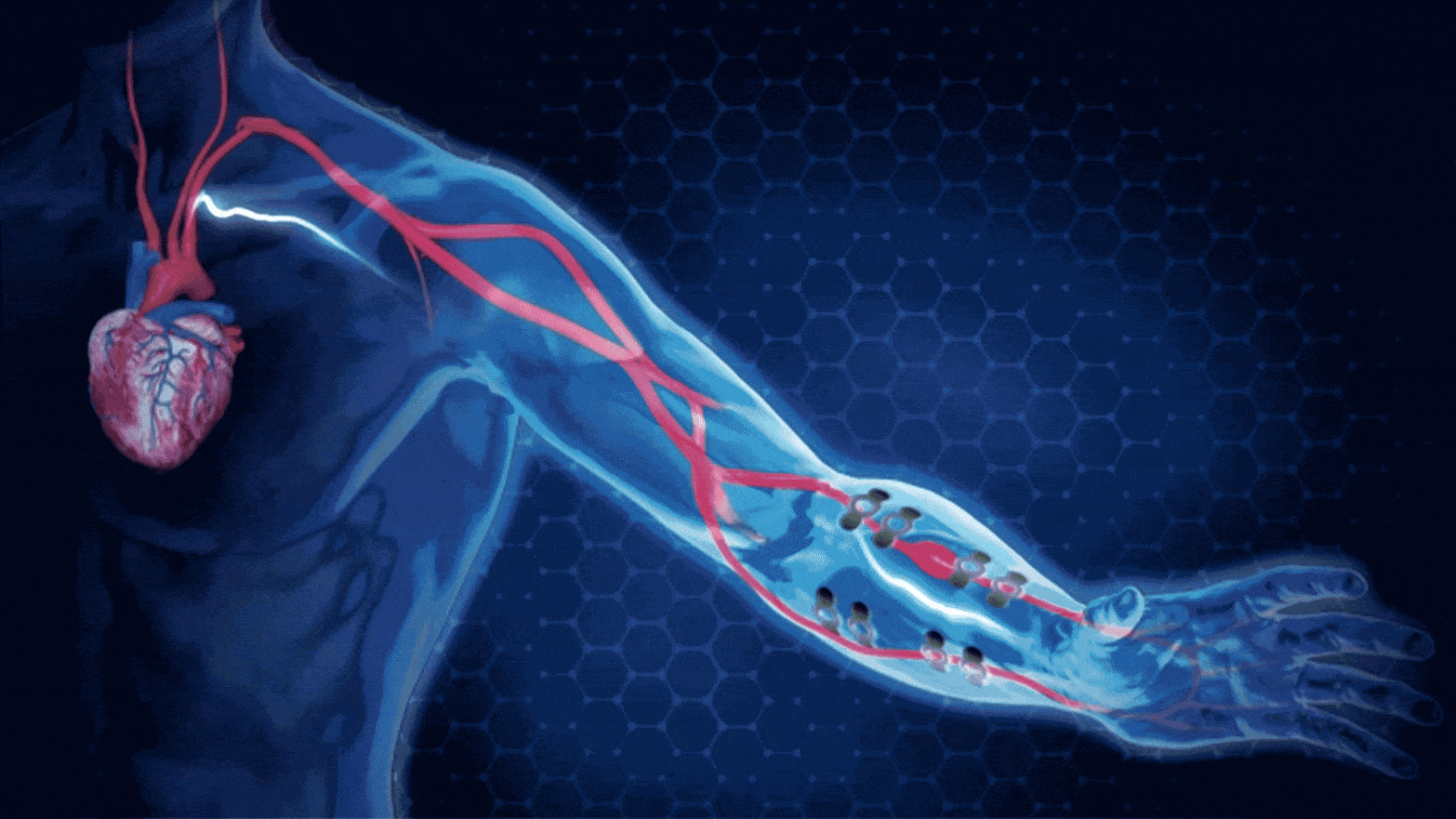Your life might be saved by the addition of a new tattoo. At the very least, that’s the concept behind a new electronic tattoo that can monitor your blood pressure continually and unobtrusively.
A group of experts from the University of Texas at Austin and Texas A&M University released a study on Monday in the journal Nature Nanotechnology detailing the development of a wrist-wear gadget that can be worn comfortably for up to 24 hours. When used to continually monitor blood pressure, it has the potential to aid in the diagnosis of new problems and provide crucial information for treating patients with critical cardiac disorders. As a result, scientists are hopeful that a blood pressure monitor without a cuff device, such as an armband, would be possible.
Wearing cuffed gadgets may be unpleasant, and cardiac monitoring equipment like smartwatches move about the wrist too much to give reliable data.
Texas researchers opted for graphene, a substance that is comparable to graphite pencils, for their tattoo design because it can be placed straight to the arteries in wrists. It’s the world’s thinnest and most durable material, yet it’s also very strong. As a result, it is ideal for usage in an e-tattoo since the user won’t even see it on their skin.
Temporary tattoo-like application: A sheet of paper is put over the wrist, and a tiny quantity of water is applied. Finally, the paper is peeled off and you’ve got yourself a shiny new cyberpunk inking. It’s not currently possible to accurately monitor your heart rate with this technology.
We have these circuits that we need to connect to the skin to get the information about the blood pressure. The tattoo is the interface. Once the tattoos are transferred, it gives that reliable and long-term connection with the skin. (x)
In a tiny electronics box, the information is sent to a computer, where machine learning is used to generate biometric data. Delivering an electrical current into skin of your arm, the technology is able to detect changes in your arm’s artery volume or blood pressure. This enables the system to monitor your health.
That’s merely a test run. Eventually, the technology will be modified to smartwatches so that they can provide far more precise measurements of blood pressure. This would be a huge leap forward over the optical heart rate sensors now used in smartwatches, which are troublesome for a variety of reasons.












Leave a Reply